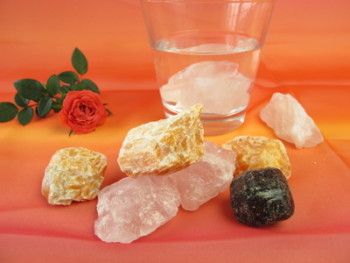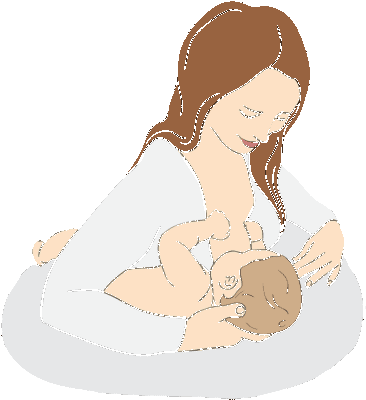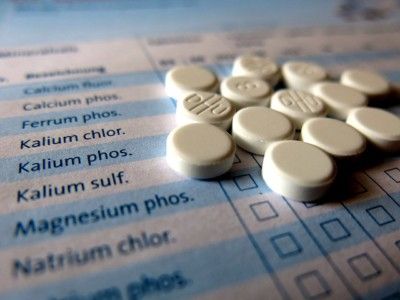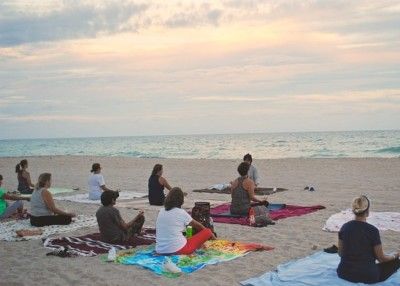What to do when your back hurts?
Strained ligaments and muscles as well as wear and tear on the spine and intervertebral discs can have an unpleasant effect: Pain in the back, also known as lumbago in the small of the back.
Whether acute or chronic, back pain is unpleasant in any case.
In most cases they result from heavy physical strain or generally one-sided movement sequences.
But also overweight and stress increase the susceptibility to back pain. But with appropriate preventive measures and the right treatment they can be avoided or alleviated.
Various home remedies have been handed down over the centuries.
However, they cannot always replace a consultation or treatment by a doctor or pharmacist, as they often result in relief, but rarely cure.
In case of pain in the back, home remedies can alleviate the discomfort
It can be done already in the apron much, so that such pain does not develop at all only. Lose weight if you are overweight and wear back-friendly shoes and an ergonomic mattress to relieve the strain on your back.
A balanced, relaxed daily routine with more movement is good for the whole body and the psyche. To prevent back pain, regular sport is therefore recommended.
Swimming, in particular, significantly strengthens the muscles in key areas, making the back less susceptible to pain. Backstroke and crawl are particularly effective in this respect.
Should you nevertheless experience the onset of pain in your back, gentle full baths at around 36°C can help in the short term.
Also brine baths are to unfold a soothing effect with back pain. In addition up to five kilogrammes of normal common salt should be added to the bath water.
After 20 minutes in the bath with maximally 38° C it does not apply to wash off the salt then immediately. Instead, it should dry on the skin during an hour in a warm bed.
Another proven home remedy is the use of healing clay from the pharmacy. This should be mixed with lukewarm water to form a thick paste.
Afterwards, the porridge should be spread on the painful area and covered with a linen cloth; it is best to fasten it with a scarf.
Many also swear by the use of warming red light. For this purpose, the painful areas must simply be irradiated for some time with a red light lamp.
The effect of warm cherry stone or spelt pillows is said to be similarly good. Regular massaging of camphor or St. John’s wort oil on the affected areas should also alleviate the discomfort.
However, if all traditional home remedies fail, reaching for a heat patch or painkiller usually cannot be avoided. At the latest then the physician or pharmacist should be consulted.
Exercise therapy to stair lift
If necessary, targeted exercise therapy may be necessary. Thus, physiotherapy under the guidance of a trained physiotherapist can alleviate or completely eliminate long-lasting, chronic discomfort in the back in particular.
Same applies also to back schools, which are offered also for prevention in many sport associations.
These programs include exercises to strengthen the back and improve posture.
Another plus point is that most health insurers will cover or at least subsidize the cost of this.
The doctor or physiotherapist can provide information about appropriate local offers.
In the case of chronic back pain, it may even be necessary to install a stair lift in order to avoid the severe strain of climbing stairs.
Stairlift providers can provide any additional information on this and show the different options for a lift.








